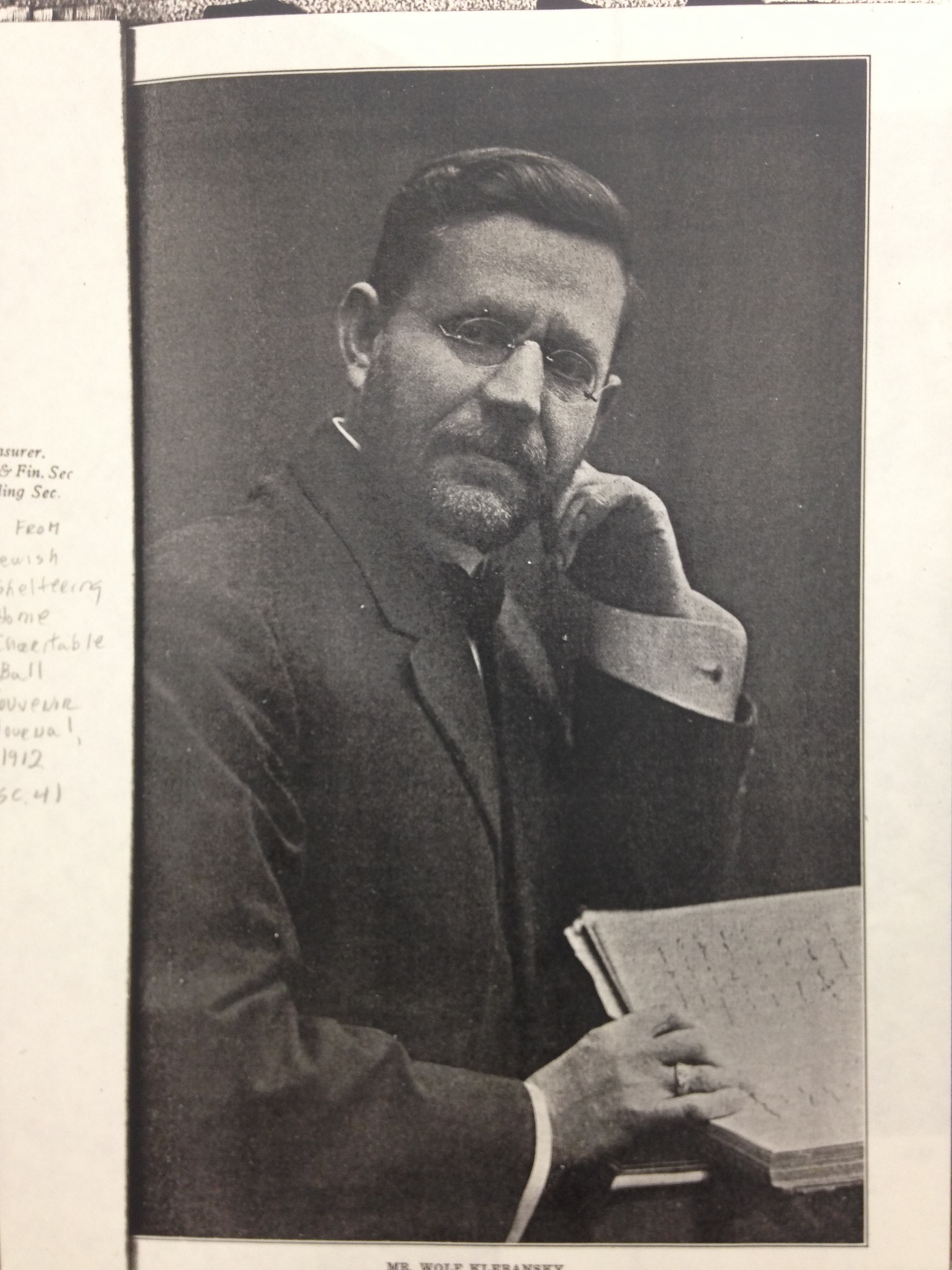The Philadelphia Jewish Quarter Walking Tour
Without the Philadelphia Jewish Exponent and people like Harry Boonin, this history would be lost. The lack of academic analysis or public recognition has emphasized the importance of our work for the Powel house.
Readings from our class this semester have had a profound effect on my research and the writing of this tour. While she does not focus on Philadelphia in her analysis, in Pennsylvania in Public Memory: Reclaiming the Industrial Past Carolyn Kitch has made me critically aware of the way our memories or erasure of industrial history effects the way Philadelphia and individual communities within are remembered. Kitch's work has motivated me to engage more thoroughly with the jobs and work lives of those living in the Jewish Quarter and how our collective non-memory of this effects interpretations of the city.
